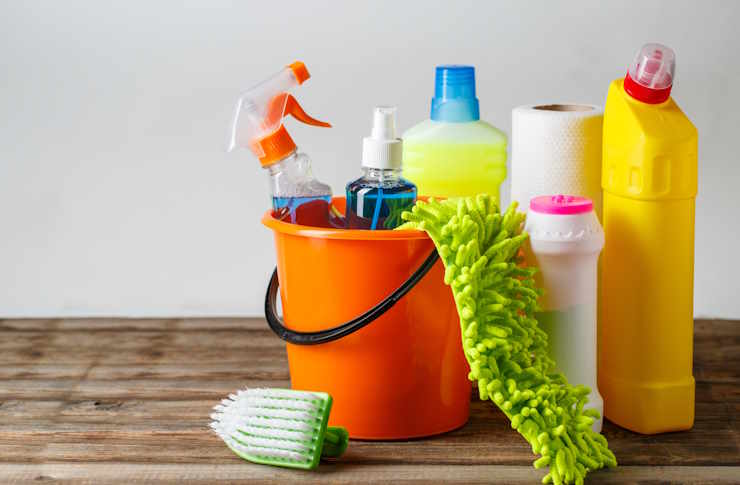Pet Cleaning: Practical Tips for a Cleaner Household
Keeping a clean home when you share it with animals takes a mix of routine, the right materials, and attention to pet behavior. This article explains practical steps for cleaning after cats, dogs, and other common pets, how to maintain a litter box, and household strategies that reduce odor, allergens, and wear while supporting your animals’ comfort.

How often should a cat area be cleaned?
Cats are sensitive to scent and cleanliness, so regular upkeep helps prevent litter avoidance and stress. Scoop waste from the litter box at least once daily; many cats prefer a consistently scooped box. Wipe food and water bowls daily and wash them weekly. Sweep or vacuum around resting or litter areas two to three times a week to remove fur and tracked litter. Establishing a predictable cleaning routine benefits both the cat’s wellbeing and the household environment.
How to maintain a litter box effectively
A systematic approach to litter box cleaning keeps odors down and reduces health risks. In addition to daily scooping, fully change clumping litter weekly for one- or two-cat homes, and consider a deeper clean monthly: empty the box, wash with warm water and mild detergent, rinse thoroughly, and dry before refilling. Avoid strong-smelling cleaners that can deter cats; enzyme-based cleaners are effective for organic stains and odors. Position the box in a ventilated, low-traffic area and use a litter mat to catch granules.
How to keep pet bedding and toys clean
Pet bedding, blankets, and washable toys trap dander, dirt, and occasional pests. Wash machine-safe items weekly in hot water if fabric care instructions allow; use pet-safe detergent and dry thoroughly. For non-machine-washable toys or beds, spot-clean with a mild detergent and water, then rinse and air-dry. Rotate bedding to ensure a fresh set is always available. Regular grooming reduces the amount of loose hair and soiling that reaches beds and toys, extending the time between washes.
What cleaning products are safe for pets?
Select cleaners that remove odors and stains without exposing animals to harmful chemicals. Soap and water, diluted white vinegar, and enzyme cleaners designed for organic messes are commonly recommended for household cleaning around pets. Read labels and avoid products with phenolic compounds, concentrated ammonia, or essential oil blends that can be toxic to some animals. When using any product, ventilate the area and keep pets away until surfaces are dry and fumes have dissipated. For stubborn stains or infestations, consult a professional cleaner experienced with pet-safe methods.
Managing household hygiene and shedding with pets
A combination of tools and habits helps keep a household comfortable with pets. Regular grooming — brushing, nail trims, and occasional baths as appropriate for the species — reduces shedding and dander. Invest in a vacuum with a HEPA or pet-specific filter for carpets and upholstery; clean filters and empty canisters frequently. Use washable slipcovers and furniture throws to protect fabrics. Maintain good ventilation and consider an air purifier to reduce airborne hair and allergens. For litter and accidents, prompt cleanup prevents lingering odors and staining.
Conclusion
Effective pet cleaning relies on consistent routines, appropriate products, and attention to pet behavior and comfort. Daily tasks like scooping, wiping bowls, and quick spot-cleaning paired with weekly washing of bedding and deep cleans of litter boxes keep both pets and household spaces healthier. Choosing pet-safe cleaners, using proper ventilation, and incorporating grooming into your schedule reduce odors and allergens while supporting long-term cleanliness and the bond between you and your animals.






